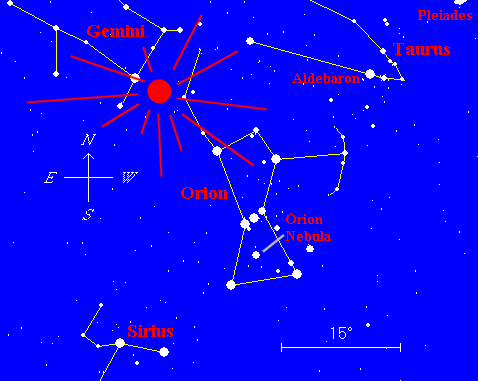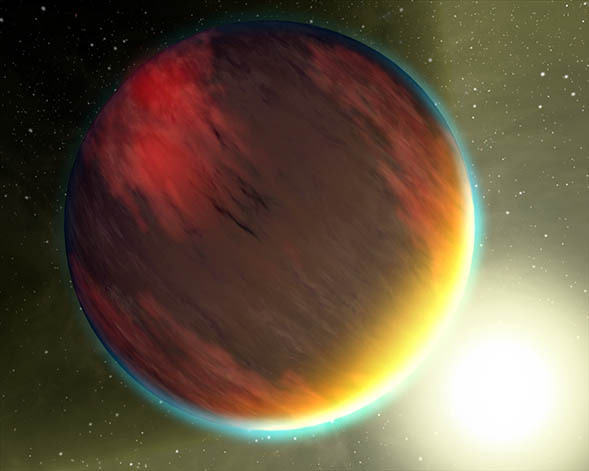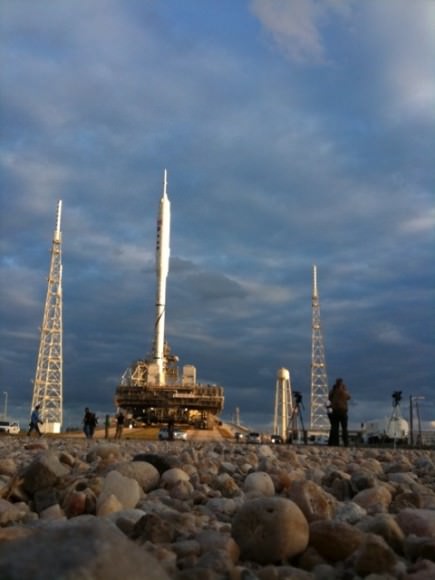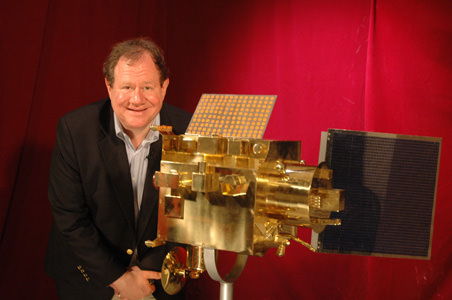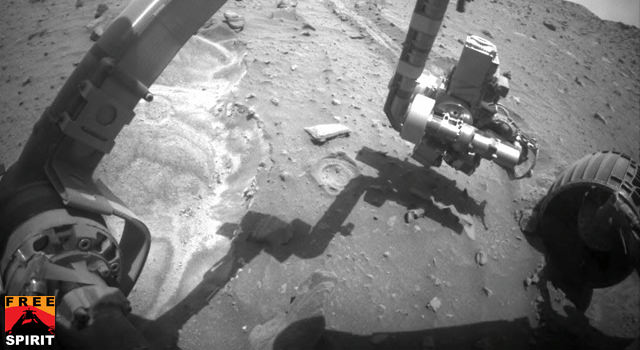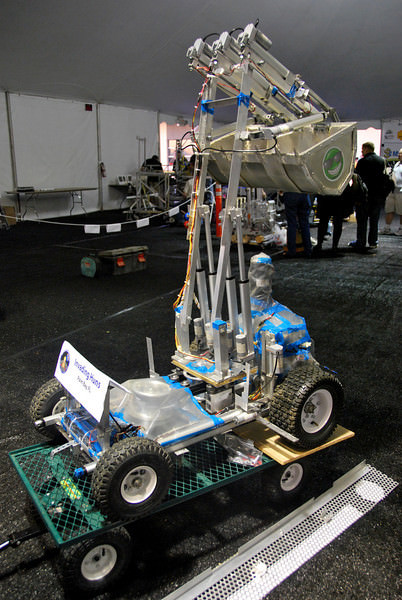[/caption]
Some of the most frequently asked questions we get here at Universe Today and Astronomy Cast deal with black holes. Everyone wants to know what conditions would be like at the event horizon, or even inside a black hole. Answering those questions is difficult because so much about black holes is unknown. Black holes can’t be observed directly because their immense gravity won’t let light escape. But in just the past week, three different research teams have released their findings in their attempts to create black holes – or at least conditions analogous to them to advance our understanding.
Make Your Own Accretion Disk
A team of researchers from Osaka University in Japan wanted to sharpen their insights into the behavior of matter and energy in extreme conditions. What could be more extreme than the conditions of the swirling cloud of matter surrounding a black hole, known as the accretion disk? Their unique approach was to blast a plastic pellet with high-energy laser beams.
Accretion disks get crunched and heated by a black hole’s gravitational energy. Because of this, the disks glow in x-ray light. Analyzing the spectra of these x-rays gives researchers clues about the physics of the black hole.
However, scientists don’t know precisely how much energy is required to produce such x-rays. Part of the difficulty is a process called photoionization, in which the high-energy photons conveying the x-rays strip away electrons from atoms within the accretion disk. That lost energy alters the characteristics of the x-ray spectra, making it more difficult to measure precisely the total amount of energy being emitted.
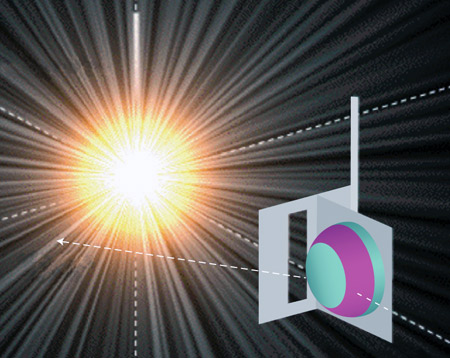
To get a better handle on how much energy those photoionized atoms consume, researchers zapped a tiny plastic pellet with 12 laser beams fired simultaneously and allowed some of the resulting radiation to blast a pellet of silicon, a common element in accretion disks.
The synchronized laser strikes caused the plastic pellet to implode, creating an extremely hot and dense core of gas, or plasma. That turned the pellet into “a source of [immensely powerful] x-rays similar to those from an accretion disk around a black hole,” says physicist and lead author Shinsuke Fujioka. The team said the x-rays photoionized the silicon, and that interaction mimicked the emissions observed in accretion disks. By measuring the energy lost from the photoionization, the researchers could measure total energy emitted from the implosion and use it to improve their understanding of the behavior of x-rays emitted by accretion disks.
The Portable Black Hole
Another group of physicists created a tiny device that can create a black hole by sucking up microwave light and converting it into heat. At just 22 centimeters across, the device can fit in your pocket.
The device uses ‘metamaterials’, specially engineered materials that can bend light in unusual ways. Previously, scientists have used such metamaterials to build ‘invisibility carpets’ and super-clear lenses. This latest black hole was made by Qiang Chen and Tie Jun Cui of Southeast University in Nanjing, China.
Real black holes use their huge mass to warp space around it. Light that travels too close to it can become trapped forever.
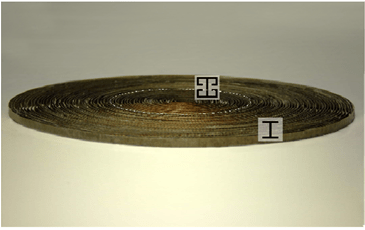
The new meta-black hole also bends light, but in a very different way. Rather than relying on gravity, the black hole uses a series of metallic ‘resonators’ arranged in 60 concentric circles. The resonators affect the electric and magnetic fields of a passing light wave, causing it to bend towards the centre of the hole. It spirals closer and closer to the black hole’s ‘core’ until it reaches the 20 innermost layers. Those layers are made of another set of resonators that convert light into heat. The result: what goes in cannot come out. “The light into the core is totally absorbed,” Cui said.
Not only is the device useful in studying black holes, but the research team hopes to create a version of the device that will suck up light of optical frequencies. If it works, it could be used in applications such as solar cells.
Black holes in your computer?

Could you create a black hole in your computer? Maybe if you had a really big one. Scientists at Rochester Institute of Technology (RIT) hope to make use of two of the fastest supercomputers in the world in their quest to “shine light” on black holes. The team was approved for grants and computing time to study the evolution of black holes and other objects with the “NewHorizons,” a cluster consisting of 85 nodes with four processors each, connected via an Infiniband network that passes data at 10-gigabyte-per-second speeds.
The team has created computer algorithms to simulate with mathematics and computer graphics what cannot be seen directly.
“It is a thrilling time to study black holes,” said Manuela Campanelli, center director. “We’re nearing the point where our calculations will be used to test one of the last unexplored aspects of Einstein’s General Theory of Relativity, possibly confirming that it properly describes the strongest gravitational fields in the universe.”
Sources: Science, Astronomy Magazine Technology Review Blog


